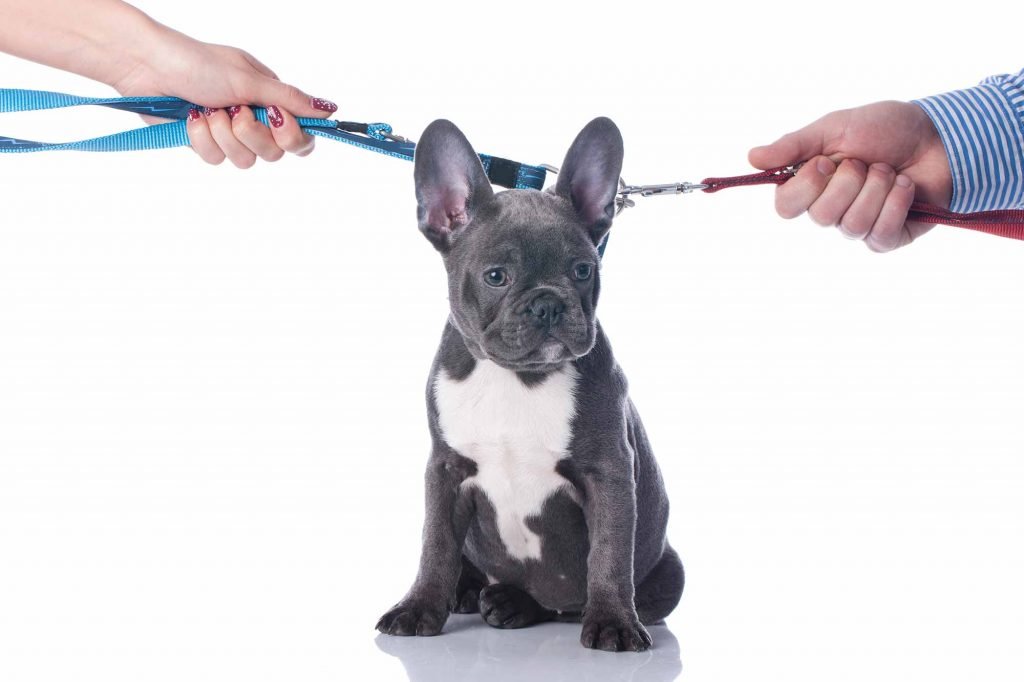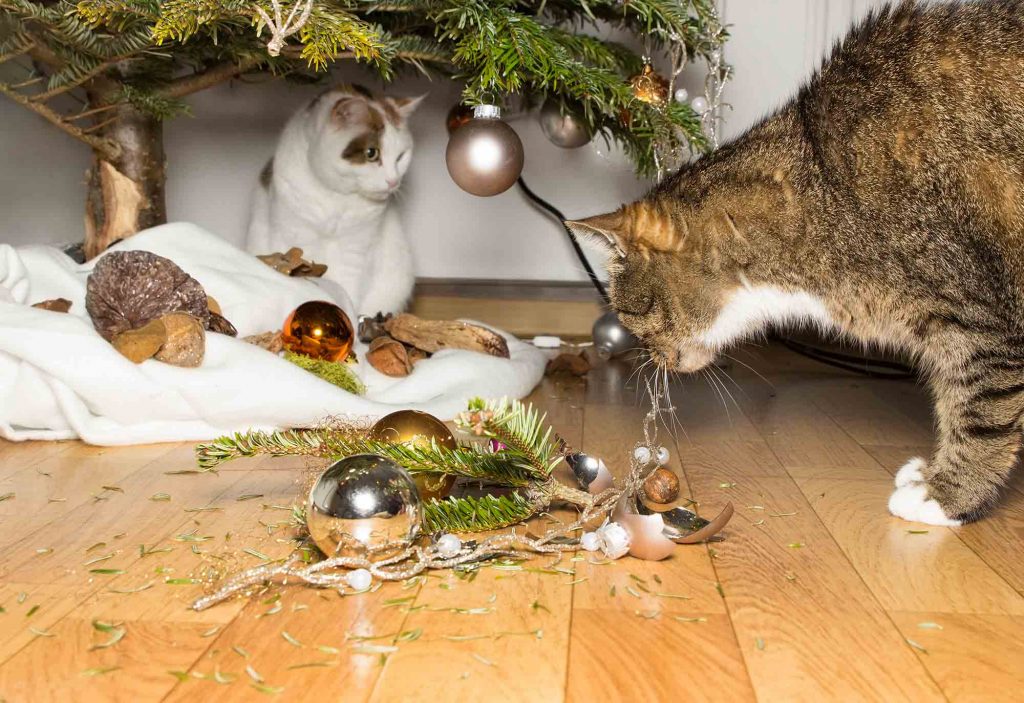
An Unthinkable Tragedy: How to Avoid a Stolen Pet
 Pet theft is on the rise, with close to 2 million pets being stolen each year. Depending on breed, some of these pets end up as fighting dogs, used for breeding, or sold to labs that test on animals. In many other cases, they’re simply given as gifts or taken home.
Pet theft is on the rise, with close to 2 million pets being stolen each year. Depending on breed, some of these pets end up as fighting dogs, used for breeding, or sold to labs that test on animals. In many other cases, they’re simply given as gifts or taken home.
A stolen pet is a particularly tragic situation, as many of these pets are never reunited with their rightful families. While this may seem unlikely because you supervise your pet, the reality is there are many situations that put a pet at risk. Pet theft can happen any time; all it takes is a few seconds.
In observance of Pet Theft Awareness Day on February 14th, we want to help protect your pet by offering up the following tips.
10 Tips to Avoid a Stolen Pet
- Microchip your pet. If your pet is found or is sold to a business, there’s a possibility they’ll be scanned for a microchip, which would identify the rightful owner. Microchipping is also the best way to ensure you’re reunited with your pet should they ever become lost.
- Never leave your pet alone in the yard. The backyard may seem like a safe place for your pet to relax and play, but if your dog is out there unattended, it’s a definite red flag for possible theft. Instead, opt to enlist some help from a pet sitter or walker to take your pet out while you’re away.
- Don’t leave your dog tied up in front of a store. It’s understandable for a pet owner of a well behaved pooch to want to leave their pet tied up for just few a few minutes while they pop into the store or cafe. In most cases, your pet will probably be greeted by fellow pet lovers, but there’s always the possibility of theft.
- Don’t leave your pet alone in the car. This should be a no-brainer, but every year, pets perish from hyperthermia when left inside a car. However, even during mild days, thieves have been known to pick locks or break windows to grab a cherished pet.
- Keep a close watch, even at dog parks. It’s natural to assume that dog parks are safe zones for our pets because so many other owners are around. They’re watching your dog, right? Not so much. Amidst all the chaos of people coming and going, someone can easily make off with your pet. Supervision is always a must!
- Be careful about discussing the cost or rarity of your pet. It’s easy to chat up your pet with anyone and everyone, especially on social media, but remember this can also make your pet a target.
- Be aware of breeds that are more likely to be stolen. Pit bulls, rottweilers, and other breeds are often stolen for fighting. Breeds like French bulldogs and Maltese are commonly stolen for their high price tag. Be aware of the risk.
- Spay or neuter your pet. Intact animals are more likely to escape. If your pet roams, there’s a good chance someone will spot them and either keep or sell your beloved pet. Not everyone is a good Samaritan.
- Lock gates and consider security. Make your yard univiting to thieves by installing security cameras and investing in privacy fencing.
- Keep recent photos of your pet. Should your pet ever go missing, current photos can help locate your pet. Keep pictures on file that show your pet’s face and profile, as well as identifying traits or markers.
The idea of a stolen pet can be frightening, but it’s possible to prevent this scenario by keeping our helpful tips in mind. If you have any questions, please call the team at West Park.
The post An Unthinkable Tragedy: How to Avoid a Stolen Pet appeared first on West Park Animal Hospital Blog.



 With Valentine’s Day on the horizon, love is in the air, and many of our readers may find themselves in a new relationship. For some pet owners, introducing your dog and your new partner may be dicey; for others, it goes surprisingly well (I mean, who wouldn’t love your dog?).
With Valentine’s Day on the horizon, love is in the air, and many of our readers may find themselves in a new relationship. For some pet owners, introducing your dog and your new partner may be dicey; for others, it goes surprisingly well (I mean, who wouldn’t love your dog?).
 Chances are you’ve been out at a restaurant, hotel, or grocery store and have seen dogs in service animal vests accompanying their owners. You may have even considered getting your dog one of those vests so readily obtained on Amazon (advertising that you can “take your dog anywhere”), and passing them off as therapy dogs.
Chances are you’ve been out at a restaurant, hotel, or grocery store and have seen dogs in service animal vests accompanying their owners. You may have even considered getting your dog one of those vests so readily obtained on Amazon (advertising that you can “take your dog anywhere”), and passing them off as therapy dogs.
 For centuries, humans have turned to the scientific method to help untangle life’s mysteries. Considering how deeply entwined our lives are with our dogs, cats, and other domestic animals, it’s no surprise that we would be intensely curious about what makes them tick, and how that relates to our relationships with them.
For centuries, humans have turned to the scientific method to help untangle life’s mysteries. Considering how deeply entwined our lives are with our dogs, cats, and other domestic animals, it’s no surprise that we would be intensely curious about what makes them tick, and how that relates to our relationships with them.
 Humans and dogs have been working alongside each other for thousands of years. Throughout history, humans have bred dogs to perform specific tasks, and our shared history includes hunting, herding, and guarding. Although dogs are still performing many of the same tasks they were bred for, jobs for working dogs has changed in exciting and fascinating ways over the years.
Humans and dogs have been working alongside each other for thousands of years. Throughout history, humans have bred dogs to perform specific tasks, and our shared history includes hunting, herding, and guarding. Although dogs are still performing many of the same tasks they were bred for, jobs for working dogs has changed in exciting and fascinating ways over the years.
 Looking back at the last holiday season, does it feel like it was longer than a mere 12 months ago? It’s all relative, of course, but for many, 2017 was a long year. Luckily, the Cavaliers and the Indians kept our enthusiasm in tact, lest we forget that Lady Gaga, Guns’N’Roses, and Billy Joel all graced our fine city this year.
Looking back at the last holiday season, does it feel like it was longer than a mere 12 months ago? It’s all relative, of course, but for many, 2017 was a long year. Luckily, the Cavaliers and the Indians kept our enthusiasm in tact, lest we forget that Lady Gaga, Guns’N’Roses, and Billy Joel all graced our fine city this year.
 As they say in the film industry, 2017 is “a wrap,” but that doesn’t mean we’ll forget all the valuable lessons and important tips from this past year.
As they say in the film industry, 2017 is “a wrap,” but that doesn’t mean we’ll forget all the valuable lessons and important tips from this past year.
 Throughout history, human beings will find any excuse to throw a party. We get together to celebrate nearly every milestone in life including birthdays, graduations, awards, retirements, baptisms, and many more. But why should we have all the fun?
Throughout history, human beings will find any excuse to throw a party. We get together to celebrate nearly every milestone in life including birthdays, graduations, awards, retirements, baptisms, and many more. But why should we have all the fun?
 Whether you’ve had your home completely decorated and all of your meals and gatherings planned since November, or you take a more minimalist (and last-minute) approach, there’s a certain element of nostalgic joy that goes along with the sights, sounds, and smells of the holidays. This time of year probably doesn’t evoke the same emotions in your cat, but it may bring about intense curiosity, playfulness, and even stress that could get a kitty into hot water.
Whether you’ve had your home completely decorated and all of your meals and gatherings planned since November, or you take a more minimalist (and last-minute) approach, there’s a certain element of nostalgic joy that goes along with the sights, sounds, and smells of the holidays. This time of year probably doesn’t evoke the same emotions in your cat, but it may bring about intense curiosity, playfulness, and even stress that could get a kitty into hot water.
 If you are like most cat aficionados, the holidays have a way of making things a little more complex around your home. Just how long will it be before Pickles knocks over the Christmas tree, or sends an heirloom ornament crashing down the hall? But holidays with cats doesn’t have to be a recipe for disaster.
If you are like most cat aficionados, the holidays have a way of making things a little more complex around your home. Just how long will it be before Pickles knocks over the Christmas tree, or sends an heirloom ornament crashing down the hall? But holidays with cats doesn’t have to be a recipe for disaster.
 Pets are a part of the family, so it only makes sense that we exercise scrutiny and caution before giving them things that might be dangerous. When it comes to supplying fun chew or chase toys, we’re typically drawn in by the bright colors, fun sounds, and neat designs of pet toys. Sometimes, we’re also attracted by the price. Unfortunately, there really aren’t any standards in place for safe
Pets are a part of the family, so it only makes sense that we exercise scrutiny and caution before giving them things that might be dangerous. When it comes to supplying fun chew or chase toys, we’re typically drawn in by the bright colors, fun sounds, and neat designs of pet toys. Sometimes, we’re also attracted by the price. Unfortunately, there really aren’t any standards in place for safe